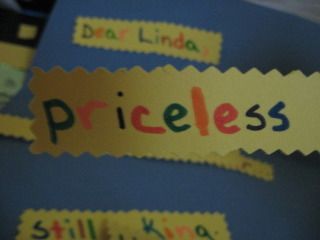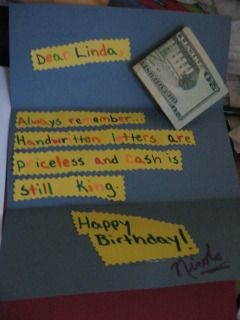Not only have sales continued to trickle in since last year without any marketing on my part, I've found folks reading and reviewing the book in some detail-- like this one, at The Conscientious Reader.
I'm now working on a novel, my first, for the past few months. I have no idea how good or bad it is, since I haven't yet finished the first draft. But prevalent wisdom says it is unlikely to be much good, all first novels are destined to remain in the writer's desk drawer. (Yes, I've had several short stories traditionally published, but a novel is a different beast.)
So, I'm wondering: would it be better to try this novel out as an e-book?
- Conventional wisdom says no. It says I should try finding an agent, who will find me a publisher and so on. (But printed books are slowly getting wiped out, marketing budgets are shrinking and writers have to do their own marketing, the agency model seems to be floundering a bit, Amazon looks poised to take over a big chunk of the publishing market)
- New e-book wisdom says it may be more profitable and popular to self-publish. (But e-books means doing a lot of publishing and marketing work-- time that I'd rather spend writing. It also means writing a lot of books quickly-- but I'm a slow writer. Genre books tend to do better as e-books, but mine has a literary bent. Besides, I don't mind if the trad-pubbed book doesn't give me much money, I want my book read but don't expect to start rolling in money)
Since at my current stage of the novel I'm more bothered about writing the book well, than deciding on its mode of publication, I have at least an year or more to decide how I want the publishing to happen. In the meanwhile, I'd rather ask for opinions.
Should I stick to traditional publication? (And once I finish and polish the novel, start typing those query letters, and check if I have a shot at getting published.)
Should I e-publish? (And get ready for an exhausting binge of marketing-- hence push my social media presence an extra notch, starting now?)
Will all the advice you give me become invalid an year from now? (given the pace at which the publishing scenario is changing)
(Now that I've sufficiently spent my writing break on mulling over publishing a book that is 1 year or more from the finish line, I'm off to do some #amwriting. )
But I'd still appreciate your opinion: Querying or self-publishing-- what's your advice for me?
------------------
This post is brought to you by Damyanti, from Amlokiblogs.








